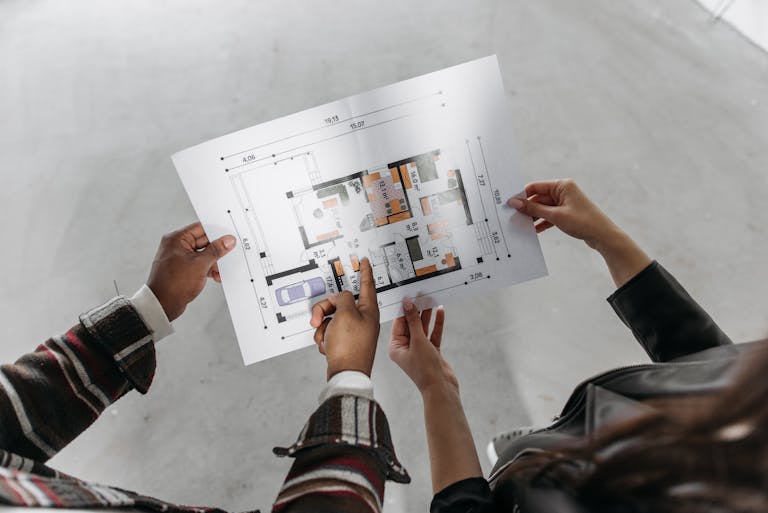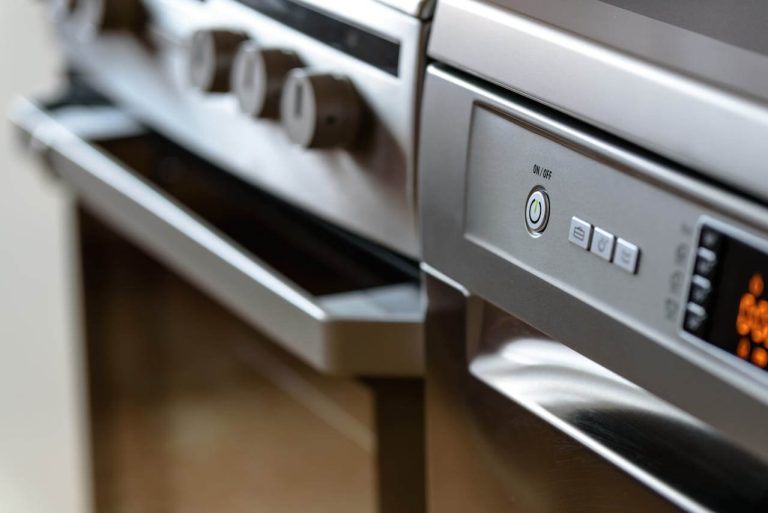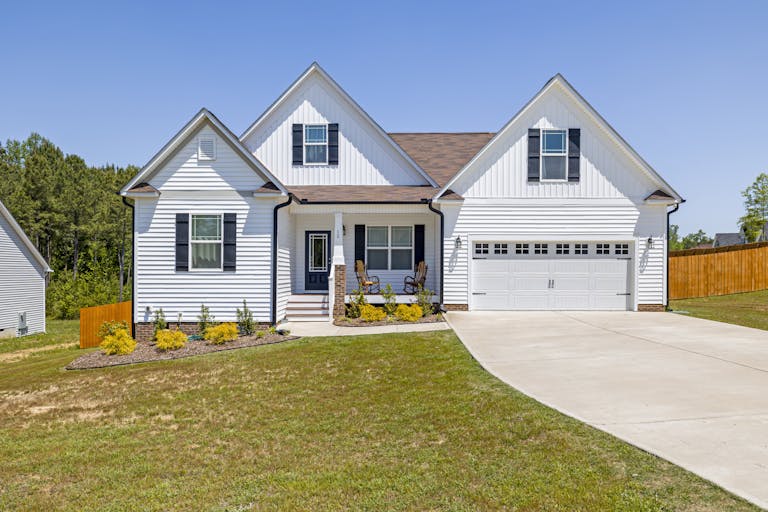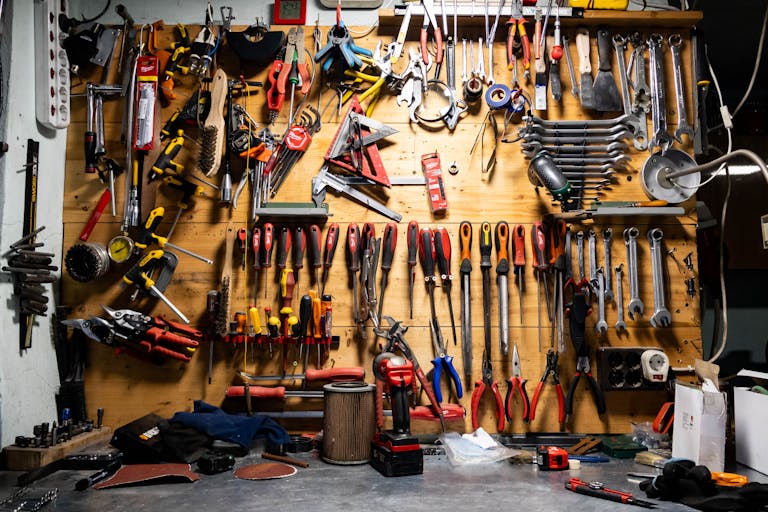Energy Efficiency Tips for New Homeowners
Welcome to your new home! Among the exciting tasks on your to-do list, improving the energy efficiency of your house is a smart move that can save you money and reduce your carbon footprint. While it might seem daunting at first, a few key tips can make a big difference. Let’s dive into some practical and fun ways to create an energy-efficient home.
Understanding Energy Efficiency
Before we get into the tips, let’s take a moment to understand what energy efficiency means. Essentially, it’s about using less energy to perform the same task. This can be achieved by either reducing the amount of energy you use or optimizing the way you use it. By improving your home’s energy efficiency, you can lower your utility bills, enhance comfort, and contribute to a healthier environment.
Local Energy Options
If you’re living in an area with deregulated energy markets, like Texas, you have the advantage of choosing your energy provider. This allows you to shop around for the best rates and services in the Texas energy marketplace. Being aware of your options can lead to better energy management and cost savings in the long run.
Seal Those Leaks
One of the simplest yet most effective ways to boost your home’s energy efficiency is to seal any air leaks around windows, doors, and other openings. Check for drafts by holding a lit candle near potential leak sites; if the flame flickers, you’ve got a draft. Use weather stripping or caulking to seal these leaks, keeping the conditioned air inside and the elements out.
Upgrade Your Insulation
Poor insulation can lead to significant energy loss. Inspect your home’s insulation, especially in the attic, walls, and basement. Upgrading to high-quality insulation can help maintain a consistent indoor temperature, reducing the need for heating and cooling. This investment can pay off in lower energy bills and increased comfort.
Adopt Energy-Saving Habits
Small changes in your daily habits can lead to significant energy savings. Turn off lights when you leave a room, unplug electronics when they’re not in use, and wash clothes in cold water when possible. These simple actions, when done consistently, can contribute to a more energy-efficient home.
Opt for Energy-Efficient Lighting
Consider replacing traditional incandescent bulbs with energy-efficient options like LEDs or CFLs. These bulbs use up to 80% less energy and last much longer than their incandescent counterparts. Additionally, they produce less heat, reducing the demand on your cooling system during warmer months.
Install a Programmable Thermostat
A programmable thermostat is a game-changer for energy efficiency. It allows you to set temperatures based on your schedule, ensuring that your heating and cooling systems aren’t running when you don’t need them. Adjust the settings to lower the heat at night or when you’re not home, and you’ll see the difference in your energy bill.
Energy-Efficient Appliances
When it’s time to replace old appliances, opt for energy-efficient models. Look for the Energy Star label, which signifies that the appliance meets energy efficiency guidelines set by the Environmental Protection Agency. Energy-efficient appliances use less water and electricity, reducing your utility bills and environmental impact.
Utilize Natural Light
Make the most of natural light to reduce your reliance on electricity during the day. Arrange your furniture to maximize sunlight exposure, and consider installing skylights or larger windows in darker areas of your home. Natural light not only saves energy but also creates a pleasant and inviting living space.
Smart Home Technology
Incorporating smart home technology can further enhance your home’s energy efficiency. Devices such as smart plugs, smart thermostats, and energy monitors can provide you with real-time data on your energy usage. This allows you to make informed decisions and adjustments to reduce consumption. Automating your home’s energy use can lead to significant savings and a more convenient lifestyle.
Green Landscaping
The design of your outdoor space can also affect your home’s energy efficiency. Planting trees and shrubs strategically can provide shade, reducing the need for air conditioning in the summer. Additionally, choosing native plants that require less water and maintenance can contribute to a more sustainable home environment.
Conclusion
Energy efficiency is more than just a buzzword; it’s a practical approach to living sustainably and economically. As a new homeowner, you have a unique opportunity to implement these strategies right from the start. With a little effort, you can create a comfortable, efficient, and environmentally friendly home. Happy homeownership and energy-saving adventures!







